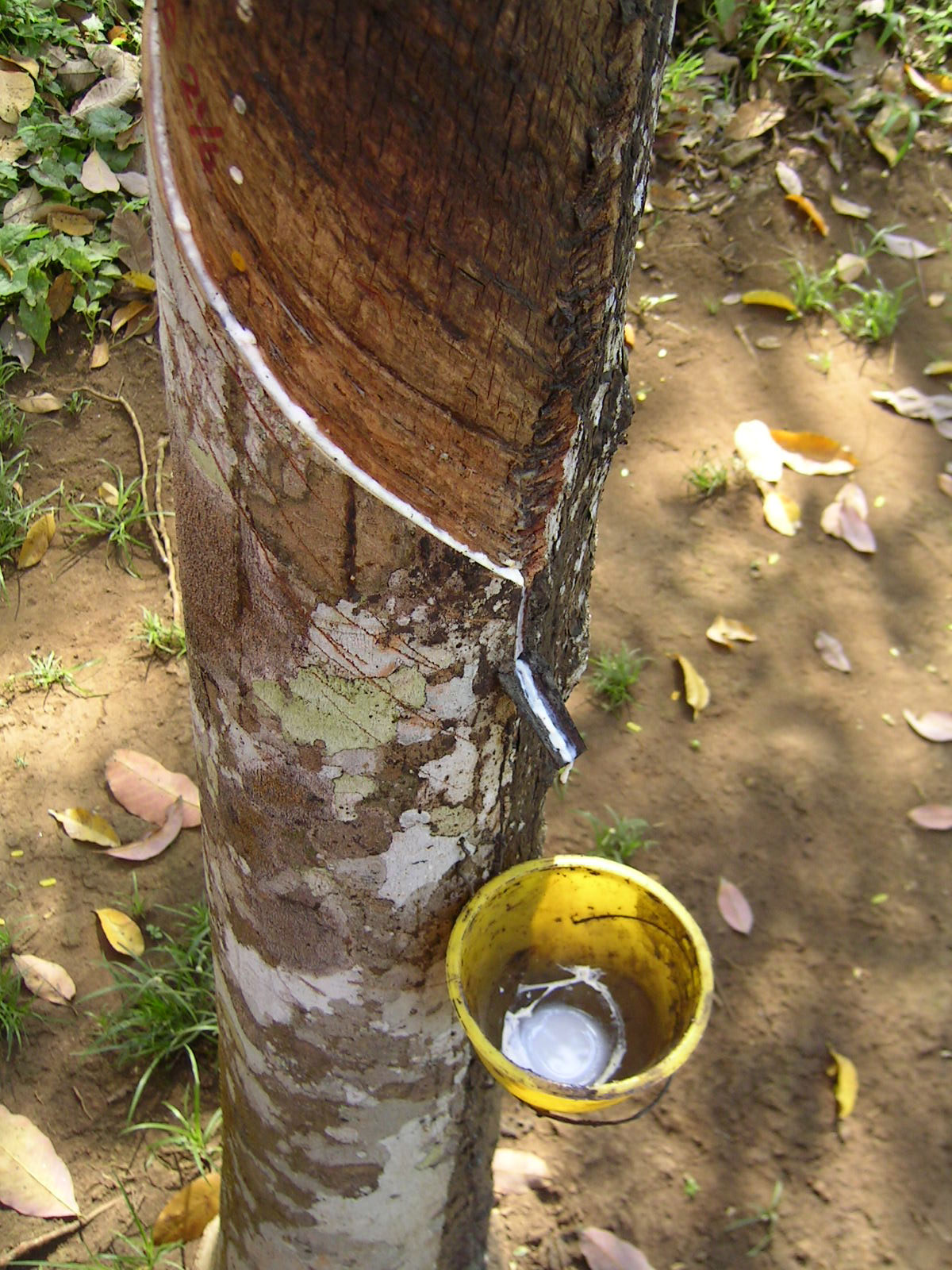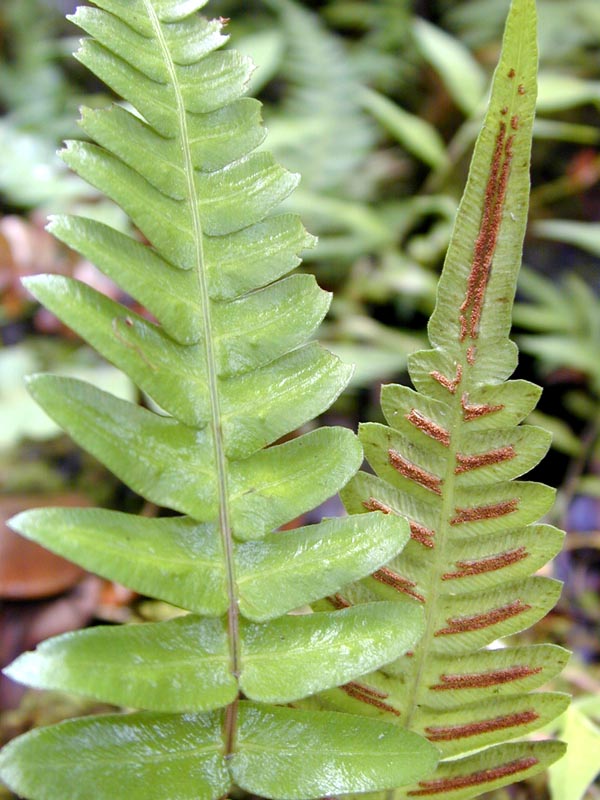|
Aganope Stuhlmannii
''Aganope stuhlmannii'' is a deciduous tree within the family Fabaceae. It is native to tropical Africa and grows in savanna woodlands. Description Medium-sized tree that can grow up to 27 meters tall, trunk; branchless up to 12 meters, cylindrical, straight, rough - flaky bark covering, grey - brown with red exudate, young twigs with brown hairs. Leaves: alternate arrangement, clustered near the ends of branches, imparipinnate Pinnation (also called pennation) is the arrangement of feather-like or multi-divided features arising from both sides of a common axis. Pinnation occurs in biological morphology, in crystals, such as some forms of ice or metal crystals, and in ... compound with 4 - 8 leaflets. Leaflets, alternate or opposite, oblong-lanceolate to oblong-ovate, 4 × 13 cm long and 2.5 × 6.5 cm wide, rounded apex and rounded to cordate at the base. Uses Used as source material of timber, red exudate obtained from bark used for tanning. In Ghana, leaves are ... [...More Info...] [...Related Items...] OR: [Wikipedia] [Google] [Baidu] |
Plantae
Plants are predominantly photosynthetic eukaryotes of the kingdom Plantae. Historically, the plant kingdom encompassed all living things that were not animals, and included algae and fungi; however, all current definitions of Plantae exclude the fungi and some algae, as well as the prokaryotes (the archaea and bacteria). By one definition, plants form the clade Viridiplantae (Latin name for "green plants") which is sister of the Glaucophyta, and consists of the green algae and Embryophyta (land plants). The latter includes the flowering plants, conifers and other gymnosperms, ferns and their allies, hornworts, liverworts, and mosses. Most plants are multicellular organisms. Green plants obtain most of their energy from sunlight via photosynthesis by primary chloroplasts that are derived from endosymbiosis with cyanobacteria. Their chloroplasts contain chlorophylls a and b, which gives them their green color. Some plants are parasitic or mycotrophic and have lost ... [...More Info...] [...Related Items...] OR: [Wikipedia] [Google] [Baidu] |
Angiosperms
Flowering plants are plants that bear flowers and fruits, and form the clade Angiospermae (), commonly called angiosperms. They include all forbs (flowering plants without a woody stem), grasses and grass-like plants, a vast majority of broad-leaved trees, shrubs and vines, and most aquatic plants. The term "angiosperm" is derived from the Greek words ἀγγεῖον / ('container, vessel') and σπέρμα / ('seed'), meaning that the seeds are enclosed within a fruit. They are by far the most diverse group of land plants with 64 orders, 416 families, approximately 13,000 known genera and 300,000 known species. Angiosperms were formerly called Magnoliophyta (). Angiosperms are distinguished from the other seed-producing plants, the gymnosperms, by having flowers, xylem consisting of vessel elements instead of tracheids, endosperm within their seeds, and fruits that completely envelop the seeds. The ancestors of flowering plants diverged from the common ances ... [...More Info...] [...Related Items...] OR: [Wikipedia] [Google] [Baidu] |
Eudicots
The eudicots, Eudicotidae, or eudicotyledons are a clade of flowering plants mainly characterized by having two seed leaves upon germination. The term derives from Dicotyledons. Traditionally they were called tricolpates or non- magnoliid dicots by previous authors. The botanical terms were introduced in 1991 by evolutionary botanist James A. Doyle and paleobotanist Carol L. Hotton to emphasize the later evolutionary divergence of tricolpate dicots from earlier, less specialized, dicots. Numerous familiar plants are eudicots, including many common food plants, trees, and ornamentals. Some common and familiar eudicots include sunflower, dandelion, forget-me-not, cabbage, apple, buttercup, maple, and macadamia. Most leafy trees of midlatitudes also belong to eudicots, with notable exceptions being magnolias and tulip trees which belong to magnoliids, and ''Ginkgo biloba'', which is not an angiosperm. Description The close relationships among flowering plants with tricolpa ... [...More Info...] [...Related Items...] OR: [Wikipedia] [Google] [Baidu] |
Rosids
The rosids are members of a large clade (monophyletic group) of flowering plants, containing about 70,000 species In biology, a species is the basic unit of Taxonomy (biology), classification and a taxonomic rank of an organism, as well as a unit of biodiversity. A species is often defined as the largest group of organisms in which any two individuals of ..., more than a quarter of all angiosperms. The clade is divided into 16 to 20 Order (biology), orders, depending upon Circumscription (taxonomy), circumscription and Biological classification, classification. These orders, in turn, together comprise about 140 Family (biology), families. Fossil rosids are known from the Cretaceous period. Molecular clock estimates indicate that the rosids originated in the Aptian or Albian stages of the Cretaceous, between 125 and 99.6 million years ago. Today's forests are highly dominated by rosid species, which in turn helped with diversification in many other living lineages. Additio ... [...More Info...] [...Related Items...] OR: [Wikipedia] [Google] [Baidu] |
Fabales
The Fabales are an order of flowering plants included in the rosid group of the eudicots in the Angiosperm Phylogeny Group II classification system. In the APG II circumscription, this order includes the families Fabaceae or legumes (including the subfamilies Caesalpinioideae, Mimosoideae, and Faboideae), Quillajaceae, Polygalaceae or milkworts (including the families Diclidantheraceae, Moutabeaceae, and Xanthophyllaceae), and Surianaceae. Under the Cronquist system and some other plant classification systems, the order Fabales contains only the family Fabaceae. In the classification system of Dahlgren the Fabales were in the superorder Fabiflorae (also called Fabanae) with three families corresponding to the subfamilies of Fabaceae in APG II. The other families treated in the Fabales by the APG II classification were placed in separate orders by Cronquist, the Polygalaceae within its own order, the Polygalales, and the Quillajaceae and Surianaceae within the Rosales ... [...More Info...] [...Related Items...] OR: [Wikipedia] [Google] [Baidu] |
Fabaceae
The Fabaceae or Leguminosae,International Code of Nomenclature for algae, fungi, and plants. Article 18.5 states: "The following names, of long usage, are treated as validly published: ....Leguminosae (nom. alt.: Fabaceae; type: Faba Mill. Vicia L.; ... When the Papilionaceae are regarded as a family distinct from the remainder of the Leguminosae, the name Papilionaceae is conserved against Leguminosae." English pronunciations are as follows: , and . commonly known as the legume, pea, or bean family, are a large and agriculturally important family of [...More Info...] [...Related Items...] OR: [Wikipedia] [Google] [Baidu] |
Aganope
''Aganope'' is a genus of flowering plants in the legume family, Fabaceae. It belongs to the subfamily Faboideae. Species Plants of the World Online accepts the following species within ''Aganope'': * '' Aganope agastyamalayana'' M.B.Viswan., Manik. & Tangav. * ''Aganope balansae'' (Gagnep.) L.K.Phan * ''Aganope dinghuensis'' (P.Y.Chen) T.C.Chen & Pedley * ''Aganope gabonica'' (Baill.) Polhill * ''Aganope heptaphylla'' (L.) Polhill * ''Aganope impressa'' (Dunn) Polhill * ''Aganope leucobotrya'' (Dunn) Polhill * ''Aganope lucida'' (Welw. ex Baker) Polhill * ''Aganope polystachya'' (Benth.) Thoth. & D.N.Das * ''Aganope stuhlmannii'' (Taub.) Adema * ''Aganope thyrsiflora ''Aganope thyrsiflora'' is a liana which shows the characters of a shrub A shrub (often also called a bush) is a small-to-medium-sized perennial woody plant. Unlike herbaceous plants, shrubs have persistent woody stems above the ground. Shr ...'' (Benth.) Polhill References * * Millettieae Faba ... [...More Info...] [...Related Items...] OR: [Wikipedia] [Google] [Baidu] |
Savanna
A savanna or savannah is a mixed woodland-grassland (i.e. grassy woodland) ecosystem characterised by the trees being sufficiently widely spaced so that the canopy does not close. The open canopy allows sufficient light to reach the ground to support an unbroken herbaceous layer consisting primarily of grasses. According to '' Britannica'', there exists four savanna forms; ''savanna woodland'' where trees and shrubs form a light canopy, ''tree savanna'' with scattered trees and shrubs, ''shrub savanna'' with distributed shrubs, and ''grass savanna'' where trees and shrubs are mostly nonexistent.Smith, Jeremy M.B.. "savanna". Encyclopedia Britannica, 5 Sep. 2016, https://www.britannica.com/science/savanna/Environment. Accessed 17 September 2022. Savannas maintain an open canopy despite a high tree density. It is often believed that savannas feature widely spaced, scattered trees. However, in many savannas, tree densities are higher and trees are more regularly spaced than in for ... [...More Info...] [...Related Items...] OR: [Wikipedia] [Google] [Baidu] |
Latex
Latex is an emulsion (stable dispersion) of polymer microparticles in water. Latexes are found in nature, but synthetic latexes are common as well. In nature, latex is found as a milky fluid found in 10% of all flowering plants (angiosperms). It is a complex emulsion that coagulates on exposure to air, consisting of proteins, alkaloids, starches, sugars, oils, tannins, resins, and gums. It is usually exuded after tissue injury. In most plants, latex is white, but some have yellow, orange, or scarlet latex. Since the 17th century, latex has been used as a term for the fluid substance in plants, deriving from the Latin word for "liquid". It serves mainly as defense against herbivorous insects. Latex is not to be confused with plant sap; it is a distinct substance, separately produced, and with different functions. The word latex is also used to refer to natural latex rubber, particularly non- vulcanized rubber. Such is the case in products like latex gloves, latex ... [...More Info...] [...Related Items...] OR: [Wikipedia] [Google] [Baidu] |
Pinnation
Pinnation (also called pennation) is the arrangement of feather-like or multi-divided features arising from both sides of a common axis. Pinnation occurs in biological morphology, in crystals, such as some forms of ice or metal crystals, and in patterns of erosion or stream beds. The term derives from the Latin word ''pinna'' meaning "feather", "wing", or " fin". A similar concept is "pectination," which is a comb-like arrangement of parts (arising from one side of an axis only). Pinnation is commonly referred to in contrast to "palmation," in which the parts or structures radiate out from a common point. The terms "pinnation" and "pennation" are cognate, and although they are sometimes used distinctly, there is no consistent difference in the meaning or usage of the two words.Jackson, Benjamin, Daydon; A Glossary of Botanic Terms with their Derivation and Accent; Published by Gerald Duckworth & Co. London, 4th ed 1928 Plants Botanically, pinnation is an arrangement of ... [...More Info...] [...Related Items...] OR: [Wikipedia] [Google] [Baidu] |
Decoction
Decoction is a method of extraction by boiling herbal or plant material (which may include stems, roots, bark and rhizomes) to dissolve the chemicals of the material. It is the most common preparation method in various herbal-medicine systems. Decoction involves first drying the plant material; then mashing, slicing, or cutting the material to allow for maximum dissolution; and finally boiling in water to extract oils, volatile organic compounds and other various chemical substances. Occasionally, aqueous ethanol or glycerol may be used instead of water. Decoction can be used to make tisanes, tinctures and similar solutions. Decoctions and infusions may produce liquids with differing chemical properties, as the temperature or preparation difference may result in more oil-soluble chemicals in decoctions versus infusions. The process can also be applied to meats and vegetables to prepare bouillon or stock, though the term is typically only used to describe boiled plant extracts, ... [...More Info...] [...Related Items...] OR: [Wikipedia] [Google] [Baidu] |
Millettieae
The tribe Millettieae is one of the subdivisions of the plant family Fabaceae. The following genera are recognized by the USDA. In 2019, some genera USDA places in this tribe were moved to tribe Wisterieae; these are listed at the end. * '' Aganope'' Miq. * ''Antheroporum'' Gagnep. * ''Apurimacia'' Harms * ''Austrosteenisia'' R. Geesink * ''Bergeronia'' Micheli * ''Burkilliodendron'' Sastry * ''Chadsia'' Bojer * '' Craibia'' Harms & Dunn * ''Craspedolobium'' Harms * ''Dahlstedtia'' Malme * ''Dalbergiella'' Baker f. * '' Deguelia'' Aubl. * '' Derris'' Lour. * ''Dewevrea'' Micheli * ''Disynstemon'' R. Vig. * '' Fordia'' Hemsl. * '' Hesperothamnus'' Brandegee * '' Kunstleria'' Prain * ''Leptoderris'' Dunn * '' Lonchocarpus'' Kunth * ''Margaritolobium'' Harms * ''Millettia'' Wight & Arn. * ''Muellera'' L. f. * '' Mundulea'' (DC.) Benth. * ''Ostryocarpus'' Hook. f. * '' Paratephrosia'' Domin * '' Philenoptera'' Hochst. ''ex'' A.Rich. * ''Piscidia ... [...More Info...] [...Related Items...] OR: [Wikipedia] [Google] [Baidu] |







